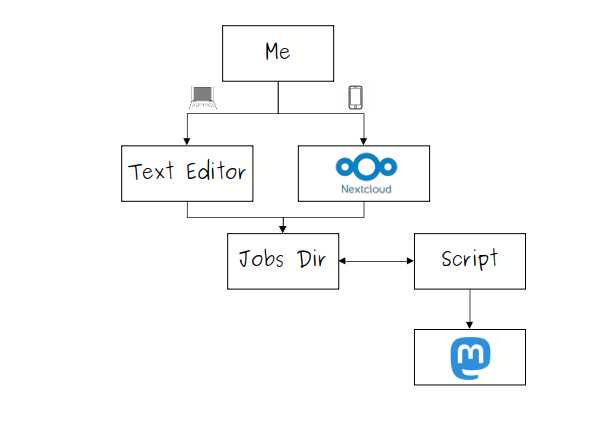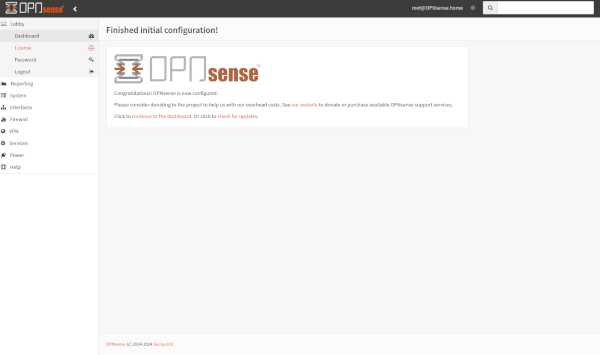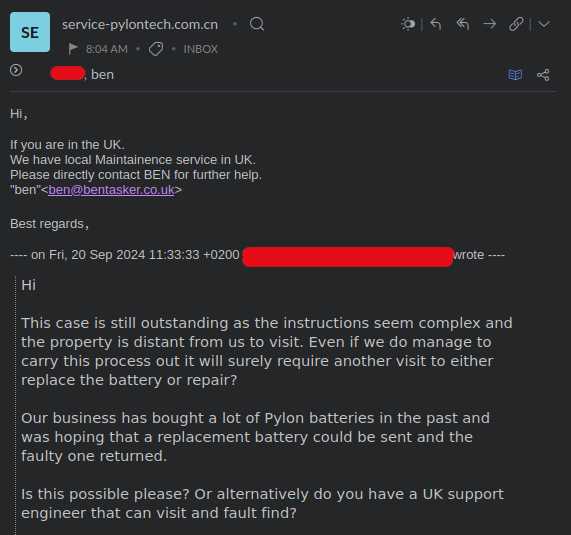
I'm far from the first to do this, but over the weekend I built a system to allow me to schedule the sending of Toots on Mastodon.
The underlying aim is quite simple: rather than starting the day by spamming the fediverse with my thoughts, I can spread them throughout the day.
In theory, this will allow me to interact with and "meet" a broader range of people: Because Mastodon's timeline is chronological, I find that I sometimes miss when people are online. Some of the best fedi conversations I've had have started with people replying to toots, so I'd quite like to broaden my exposure to that.
There are pre-made solutions available (for example, Tusky, supports scheduled send) but building something myself satisfied a couple of additional needs.
Firstly, I wanted a cross-device solution - something that let me schedule toots in the same way whether I'm using my phone or at a workstation.
Secondly, I was in need of an easy win. For various reasons, the past couple of months have been quite challenging so I really wanted something that I could "just do". Low hanging fruit FTW!
This post talks about my solution as well as an issue that I ran into pursuing the cross-device aspirations.
Read more…









